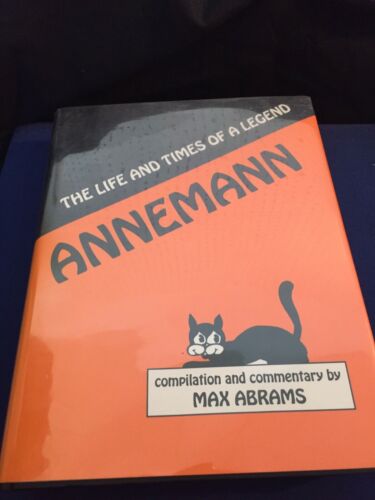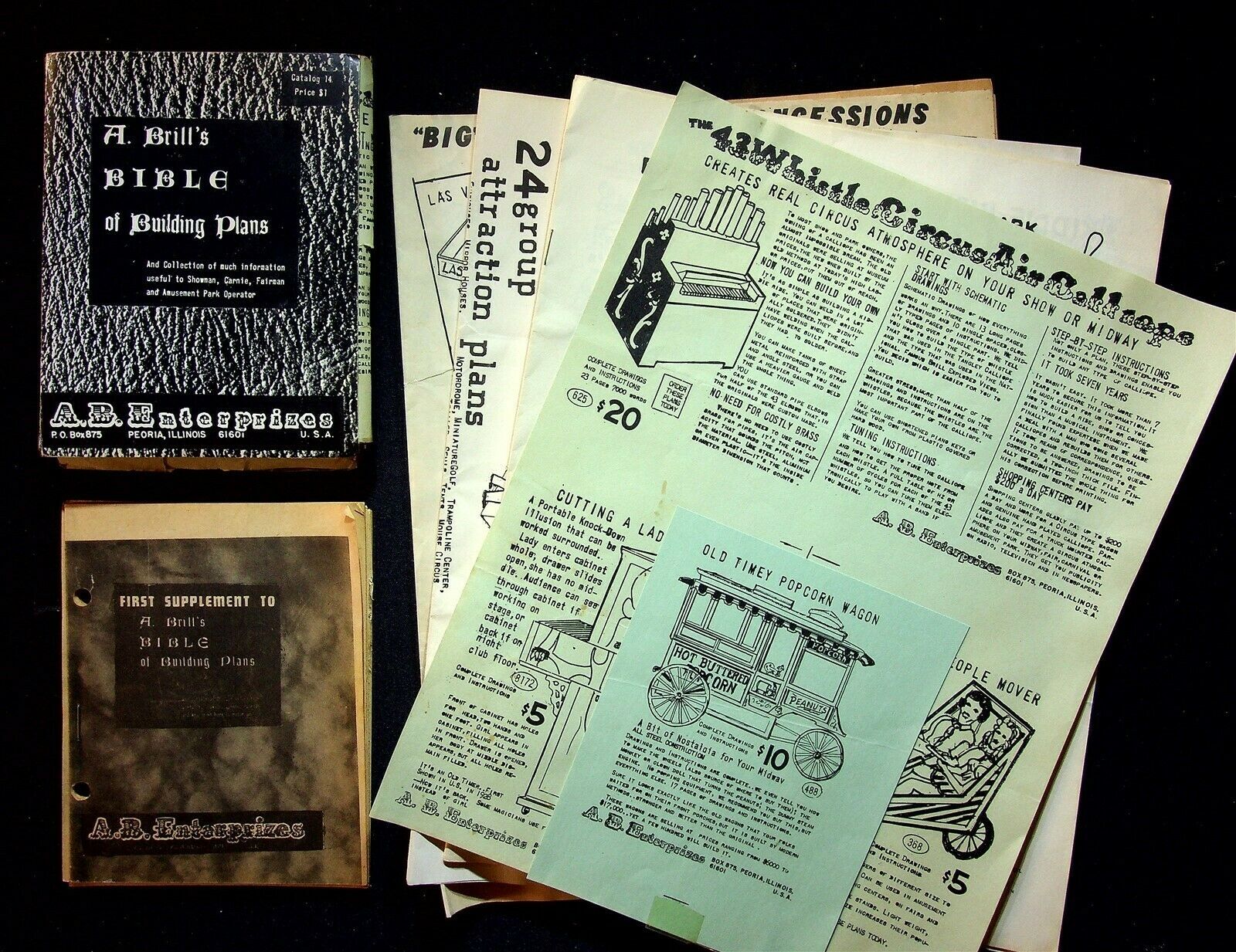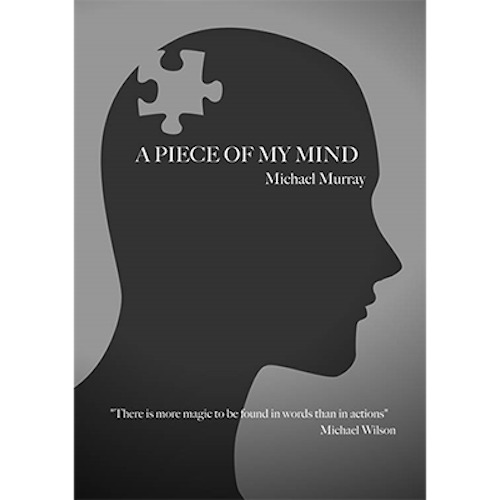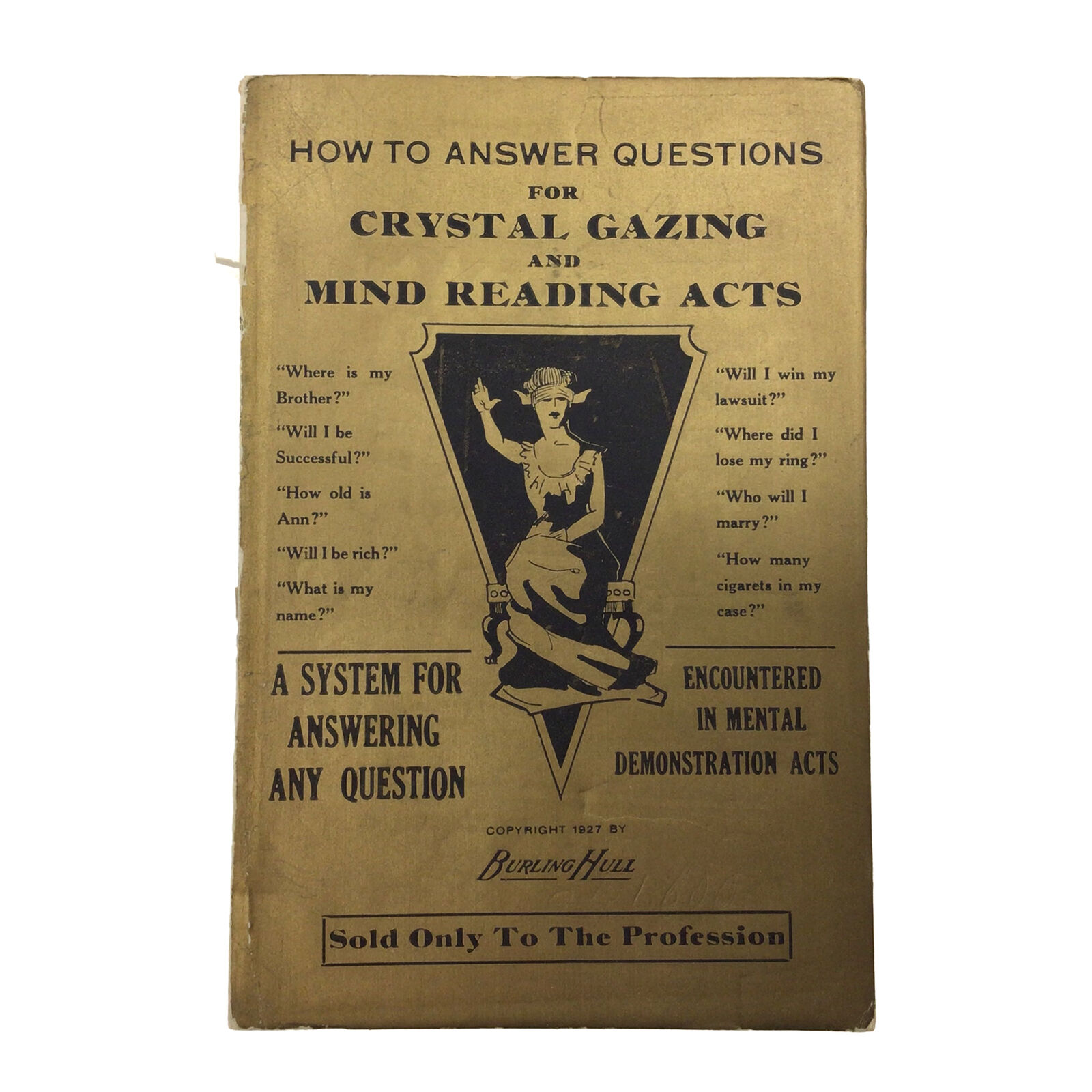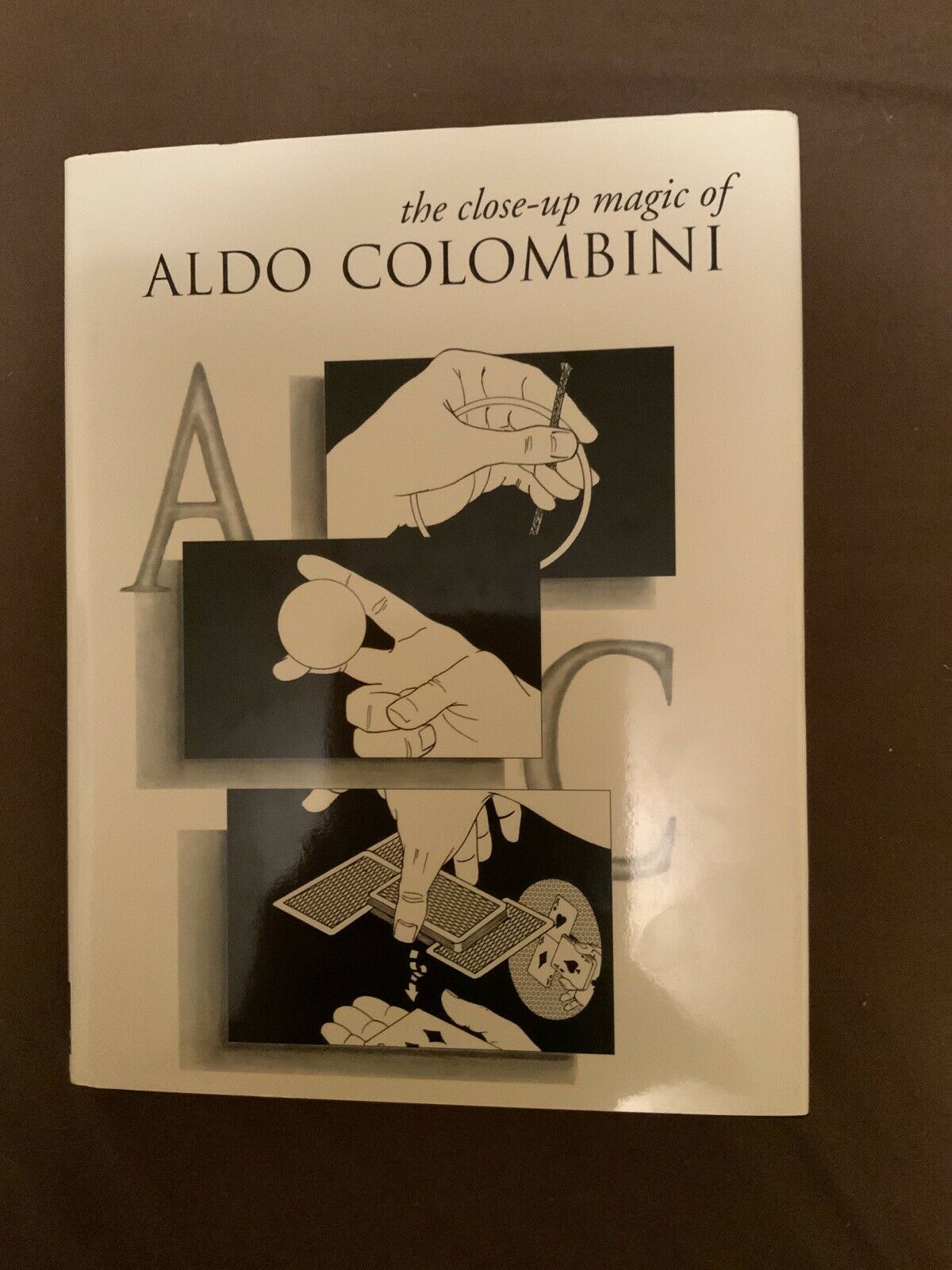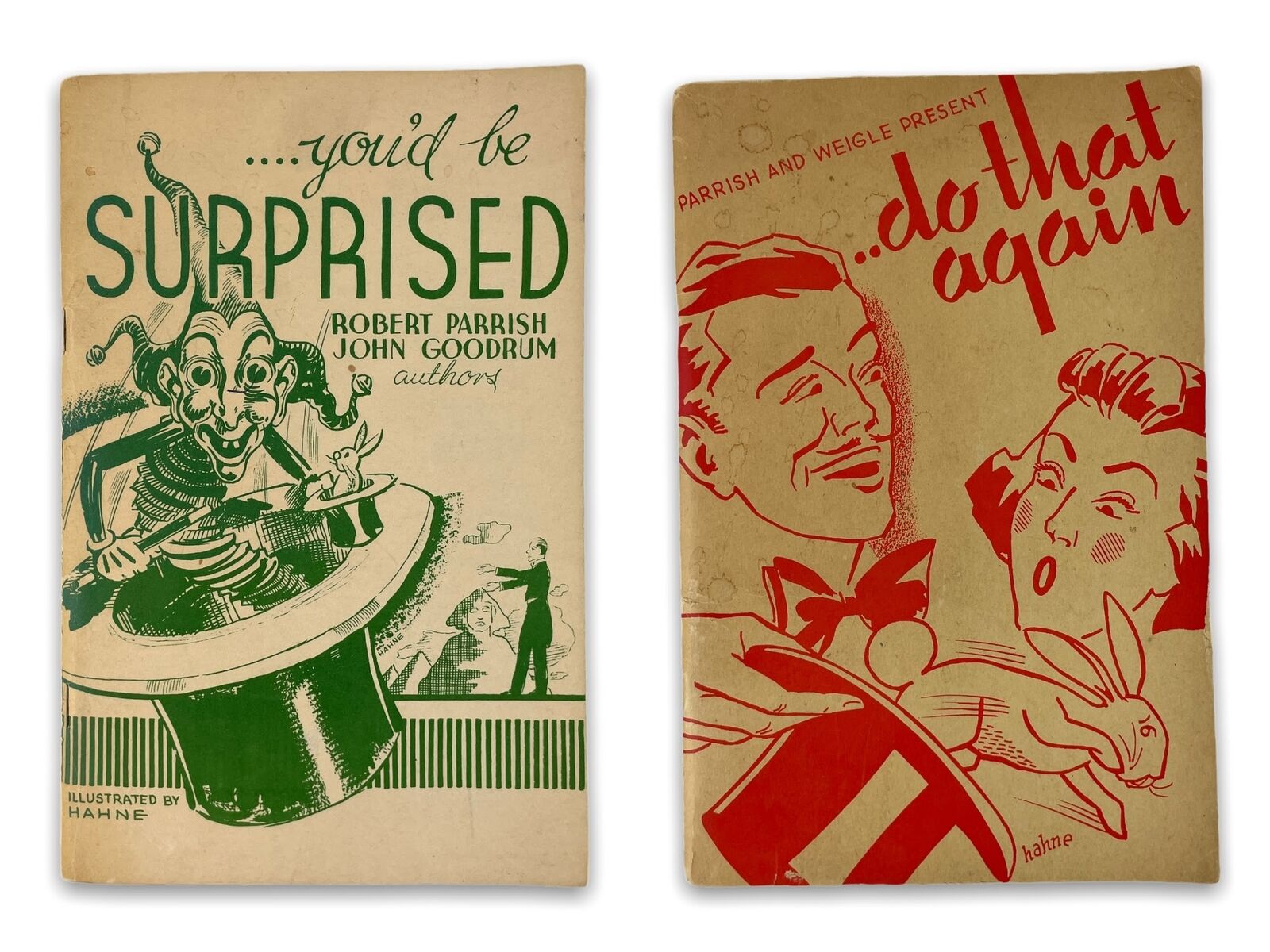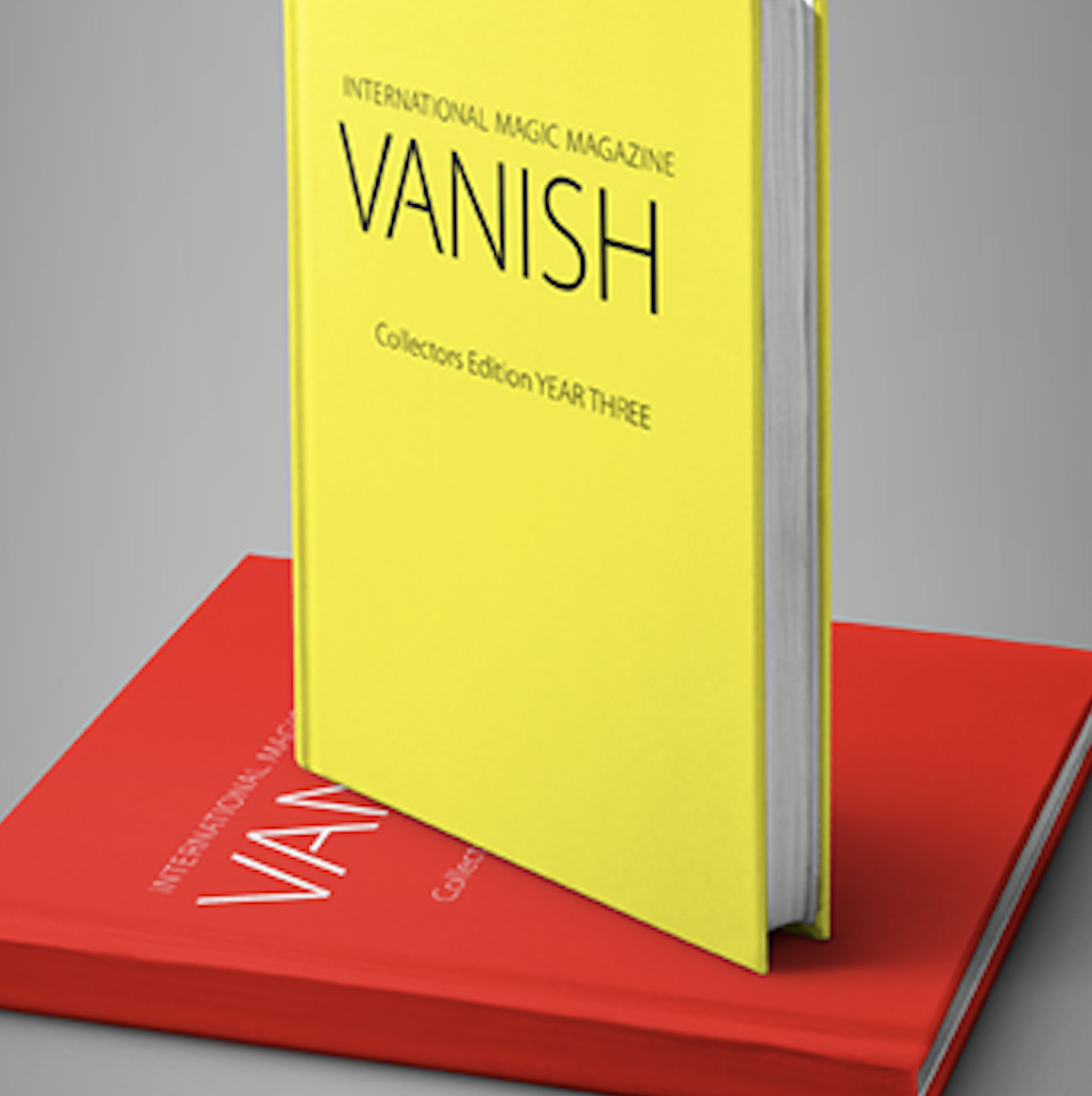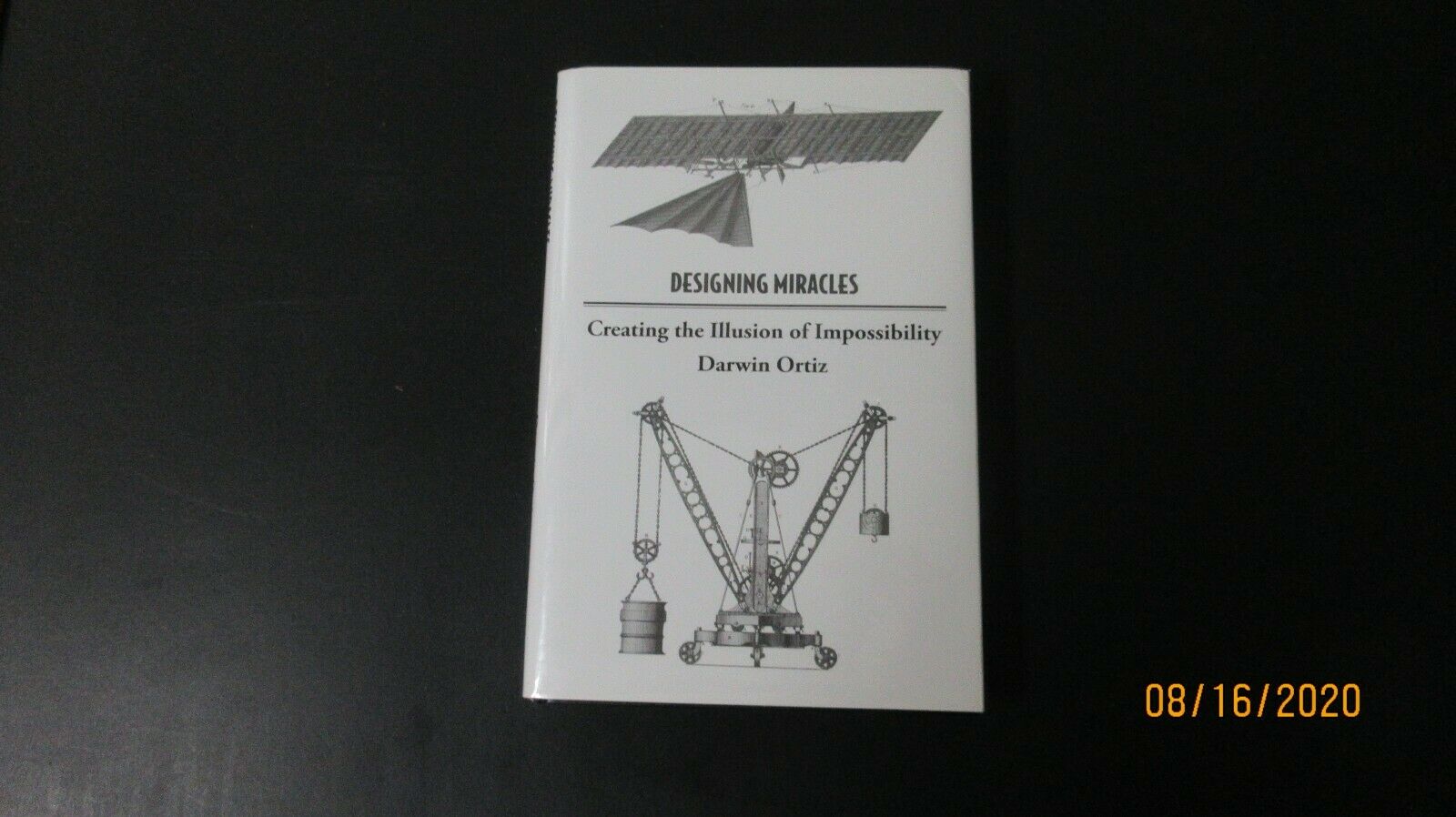-40%
The Lost Notebooks of John Northern Hilliard 1st Edition HB STILL SEALED!!!
$ 41.71
- Description
- Size Guide
Description
The Lost Notebooks of John Northern Hilliard (BK) 1st Edition HB Andrew Pinard. Condition is "New". Shipped with USPS Priority Mail.Reviewed by Jamy Ian Swiss (originally published in Genii March, 2002)
Magic book reviews
The Lost Notebooks of John Northern Hilliard
John Northern Hilliard wrote or contributed substantially to two of the most important magic books of the 20th century: The Art of Magic (1909), which Hilliard ghost-wrote for T. Nelson Downs, and of course, Greater Magic, which he conceived and for which he amassed and described a great deal of material, but was unable to complete due to his untimely death in 1935. Famous as the largest magic book ever compiled (a claim which stood for more than half a century until it was eventually surrendered to the two Stewart James books), Greater Magic stands as a state of the an of magic for the first third of the 20th, as well as testimony to the breadth of Hilliard's imagination and dedication, as well as to his stylish (some would say, too stylish) abilities as a professional writer.
Greater Magic was first published in 1938, a decade after Hilliard began working on the project. In 1994, Richard Kaufman reprinted the grand volume, along with an additional section entitled "More Greater Magic" that comprised almost 400 pages of new material chat Mr. Kaufman had gathered from the heirs of Carl Jones (the original publisher), and had further edited and illustrated. Selected from almost 3,000 photocopied pages of much of Hilliard's original notes and source materials, this fascinating new section included correspondence between the key parties that helped to trace the lineage of Greater Magic, and also to determine who had written what. Although there had long been much confusion and speculation as to how much of the book Hilliard had actually written versus how much Jean Hugard wrote when the project went to him after Hilliard's death, it is now clear that Hilliard unquestionably deserves a great deal of credit for the genius of Greater Magic. It is a book that every magician should read, and the 1994 reprint, if you can find it, was a significant addition to the history of our art.
Now it seems that in the 1980s a mysterious personage approached none other than Mr. Kaufman with a remarkable story and offer. It seems that having purchased at auction a mildewed and ancient box of magic instruction sheets, this gentlemen discovered two of John Northern Hilliard's original notebooks at the bottom of the box. How they got there will likely never be known. By deem of good fortune, this buyer (who remains anonymous) approached Mr. Kaufman just a few years ago, and the Genii Corporation purchased the notebooks. It was long known that some of Hilliard's original notes had gone missing during the gathering and transfer of his materials, via Carl Jones, to Jean Hugard after Hilliard's death. Now, two of those long-missing and mysterious notebooks have returned to see the light of day. The Genii Corporation has published them in a distinctive if unexpected fashion: namely, in facsimile. So between the hard covers of this new volume will be found almost 300 pages of Hilliard's original hand-written and type-written notes, unaltered and clearly reproduced as they originally appear.
Volume one includes about 70 pages of Stewart Judah material describing 49 items; about 60 pages of AI Baker material consisting of more than 100 items; and about 30 Annemann items in roughly as many pages. The second notebook begins with five items from Cyril Yettmah of England (including work on the Chung Ling Soo bowl production, who apparently gave the original apparatus to Yettmah); 52 items in a section mostly devoted to Living and Dead tests; three sections of material on card systems (very relevant to the current vogue, much but not all being based upon Si Stebbins); and a final section of more than 20 Poker Deal variants.
By any measure, that is one hell of a lot of material.
What to make of it? Well, in a better world, perhaps all of this material would have been cleanly transcribed and typeset, so there would be no effort in reading it. In an ideal world, not only would it be newly typeset, but all the credits would be double-checked against published sources, and we would know right up front how much of this material has already seen print in other places—even if it ended up being well after the original publication of Greater Magic.
But for those caught napping, it is not a perfect world, and for some of us, that makes the adventure of living in it all the more interesting. (Even those who do know history are stuck in the present anyway.) We don't know, at least at present, how much of this material has never seen publication, but it seems dear that at least some of it is seeing print here for the first time. We also get to see a bit more of what Greater Magic might have been like had Hilliard had the chance to complete it himself. We get a pile of material from the likes of Stewart Judah, one of the legendary 10 "Card Stars" the year Greater Magic was first published, and who published little in his time. We see a pile of material from Al Baker, one of the most creative minds in all of 20th century magic; while there is no question that much of this material eventually saw print in Baker's superb books, many readers do not presently have those sadly out-of-print works at hand.
And the material is not that difficult to extract. While the occasional note disappears into Hilliard's indecipherable hand, and while none of the descriptions are provided in Hilliard's extravagant trademark prose, nevertheless most of the pages are typewritten, and the facsimile reproduction quality is excellent (and must have been a challenging accomplishment, doubtless largely responsible for the price tag). Is this volume worth the trouble and the asking price? Certainly not to every reader, while most assuredly to some readers. Annemann fans will want to discover what has not been previously published, and as mentioned, the card system material is timely in the extreme. From the latter, how about this opening thought: "There is a LAW regarding the use of the prearranged pack and the head, the hoof and the tail of this law is that you must begin with an UNPREPARED PACK and in the midst of your performance, after the (unprepared pack) has been shuffled several times by your audience, you then, in the course of a trick, exchange the straight deck for the prearranged pack. You then, without a break in your routine, go calmly from mere tricks into miracles. The (prearranged) pack is a great and almost unused power."
Here are some other entries: Stewart Judah opens with the magic square and includes a great presentational touch. He also provides an item in which a check for 10 dollars is torn and burned, instantly transforming into a 10-dollar bill. There are multiple handlings of the venerable Zens "Cards Across in Envelopes," and multiple takes on the "Think Stop" plot from various contributors. From the now classic Al Baker repertoire comes his wonderful dose-up cut-and-restored ribbon, the "Erectile Bill" (a favorite of Eugene Burger's), the "Pack That Curs Itself" (a.k.a. "Haunted Deck"), and more.
How's this for a Stewart Judah effect: Magician shuffles and curs the pack. Spectator freely cuts to a selection. Selection is lost and the pack is briefly shuffled. Three dice are now rolled by the spectator. Whatever number is thrown, that number of cards is dealt, revealing the selection. I'm not kidding. Try and solve this for a moment."
Then there is the detective work. Leslie Guest has a trick in which a card appears printed on a handkerchief decades later this would be marketed for a time, and it remains today a feature of Lee Allen's act, printed upon the spectator's borrowed hank. Or here's some-thing that caught my eye: a seven-line entry entitled "Fan Location" and attributed to (S. Leo) Horowitz. The description almost exactly duplicates that which we know as the LePaul Automatic Jog location from the Card Magic of LePaul.
The details are there—including the propelling of the pack "forward against (the) left forefinger" to produce the jog. The only element missing is the one-handed close as described by LePaul. Did Horowitz really invent this? Did LePaul show it to him? The latter seems unlikely given the time frames. Perhaps LePaul took the Horowitz handling and added the one-handed close, considering that his improvement. Those are the kind of mysteries that should bring joy to many a student, and there are many more awaiting discovery in these pages. Ah, sweet mysteries of magic....
It's a Svengali Deck
The Lost Notebooks of John Northern Hilliard • Reproduced in facsimile by The Genii Corporation


